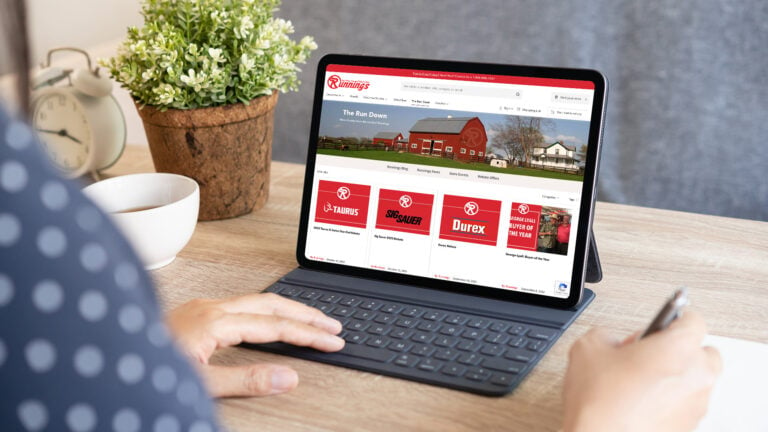Our work
-


Runnings
Runnings is a privately held retailer selling an extensive selection of pet supplies and sporting goods, including hunting and fishing equipment, clothing and footwear, lawn…
View project -


Discovery for Tarkett
Tarkett Group is a leader in the flooring industry and sport surfaces industry, with over 140 years of experience, and works with other top flooring…
View project -


Pronovias
Headquartered in Barcelona, Spain, Pronovias Group is the global leader in bridal wear. With over 50 years of experience, Pronovias has adorned brides in over…
View project






